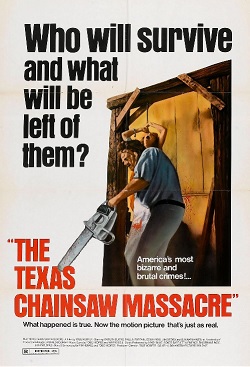
| Director(s) | Todd Phillips |
| Principal Cast | Joaquin Phoenix as Arthur Fleck/Joker Frances Conroy as Penny Fleck Robert De Niro as Murray Zazie Beetz as Sophie |
| Release Date | 2019 |
| Language(s) | English |
| Running Time | 122 minutes |
Todd Phillips’s “comic book” film, Joker , feels less like a comic and more like a serious study of a man’s slow descent into a nihilistic force of violence. The film follows Arthur Fleck, played by Joaquin Phoenix, a man neglected and relegated by society until he finally snaps and embraces his persona as “Joker”.
Phoenix is the star of the show and is magnificent in his portrayal of a relegated pariah who slowly loses all hope. What makes the performance so haunting is the genuine sense of how real it feels. Arthur is constantly hopeful, someone trying to pull themselves up by their bootstraps- trying to live the “American Dream.” Joaquin evokes a man, desperately trying to live out some dreams- to get back up in spite of everything. This was necessary, because without it the transformation from Arthur to the Joker would be more villainous and less sympathetic.
Furthermore, the laugh he emits due to his “illness” is genuinely haunting. It has a choking sound to it and completely reveals Fleck’s emotional state. Phoenix constantly manipulates and utilizes the laugh with different “intonations” to highlight the undercurrent of the characters state of mind. This helped chronicle Fleck’s progression from down-trodden dreamer to nihilist psychopath.
The humor in the movie is perverse. It never feels right because it comes about through a sense of awkwardness. I kept laughing during my viewing, along with the audience, at scenes that were unsettling, but I couldn’t stop. It’s like the absurdity of Joaquin’s laugh or the unsettling nature of whatever scenario was on the screen necessitated a laugh as a response. There are genuine moments of black humor that don’t rely on perverting the disturbing, but they’re more spread out through out the movie.
The movie is shot beautifully- everything feels gritty and realistic. The usage of different color palettes really helps make certain transformations more mesmerizing, but also help cast doubt on the reality of the situations. In fact, the movie plays a lot with reality and interpretation. Very early on, the film sets up a fantasy sequence of Arthur in a comedy show. It helps inform the audience that Arthur is prone to engage in delusion, but because of the way it’s placed in the narrative with no kind of “announcement” that this was no longer reality, the audience no longer has any expectation that what they’ll see on the screen is real. This tinges the movie with the idea that things might just be hallucinations. The feeling is maintained well until a certain juncture in the movie which feels a bit too heavy handed. It ruined the immersive and unnerving feel the movie had had up till that point.
Thematically the movie falls a bit flatter than I thought it would. The progression of the riot and the protest movement feels rushed and is something I wish was more fleshed out. The themes of class consciousness feel a bit more muddled and become even more confusing given the film’s attempt at cutely including actual Batman characters. Like having Thomas Wayne (Brett Cullen) in the movie is cool, but he feels like a big bad as opposed to some artistic depiction of the character from the comics- so the feeling doesn’t play out as well.
Report Card
| TLDR | Joker is a beautiful deep dive into the psyche of a broken and battered man. Phoenix’s performance is mesmerizing and the theme is provocative , even if slightly inconsistent, in the questions its asking. Joaquin ‘s performance justifies the price of admission by itself. One of the best movies of 2019. If you can handle some painful scenes, buckle up for one of the wildest rides. |
| Rating | 9.4/10 |
| Grade | A |
Go to Page 2 for my spoiler-full thoughts!









